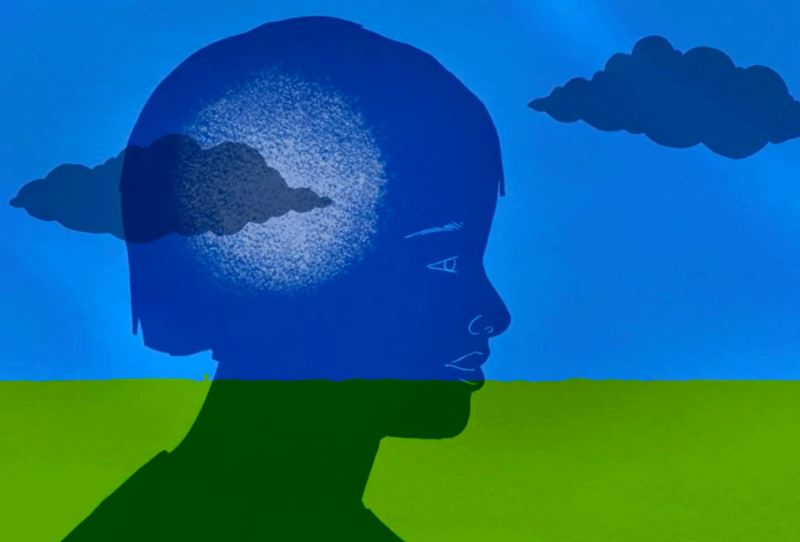Many teachers are working to modify their classrooms and schools to offer a more supportive environment for students who have experienced trauma in their lives. They're taking heed of research showing that adverse childhood experiences like poverty, neglect, and exposure to violence affect children's brains and may have a negative impact on learning and behavior.
"For me being trauma-informed has so much to do with mindset, accepting that different people come into a school setting with incredibly varied life experiences," said Lindsey Minder, a second grade teacher profiled in an Edutopia video introducing trauma-informed practices. "Some of those life experiences may be traumatic. And the way in which that plays out in my particular classroom could look a number of ways. And by me having that lens it makes it less about are they doing 'the right thing' or the 'wrong thing' and more about, 'where is that behavior coming from? Why is that happening?'"
While dealing with all the issues kids bring to school can be overwhelming for teachers, the upside is that they are well positioned to make a big impact on students' lives. Positive relationships with caring adults can help buffer students from the effects of trauma and chronic stress, making trauma-informed schools "healing places."
"If you're fearful, if you're anxious, if you're distracted about something that's happened to you, you literally can't learn. Your brain shuts down," said Dr. Linda Darling-Hammond, president and CEO of the Learning Policy Institute. "So it's essential to give kids social and emotional tools that allow students to recover from the challenges that they have experienced. Take actual classroom time to work on the building blocks of how to perceive your emotions, how to talk about them, how to get along with other people, how to take a moment and become calm when you need to, how to express your needs so that others can meet them."


